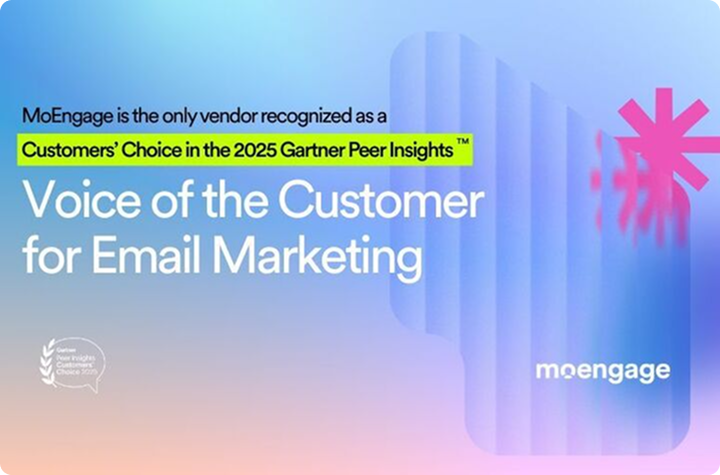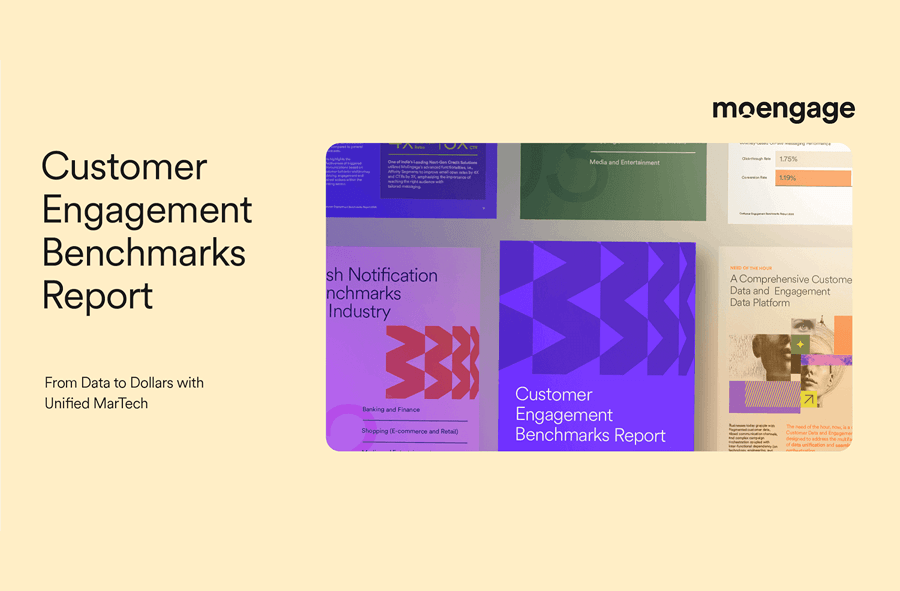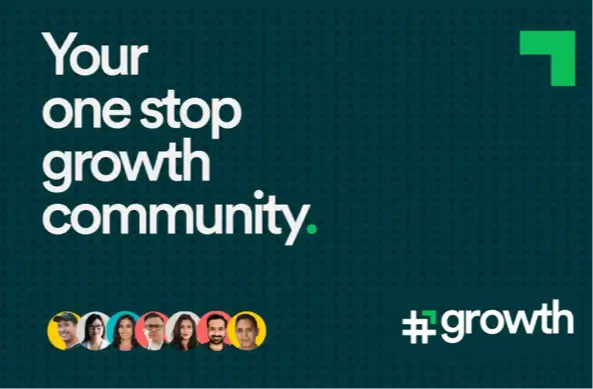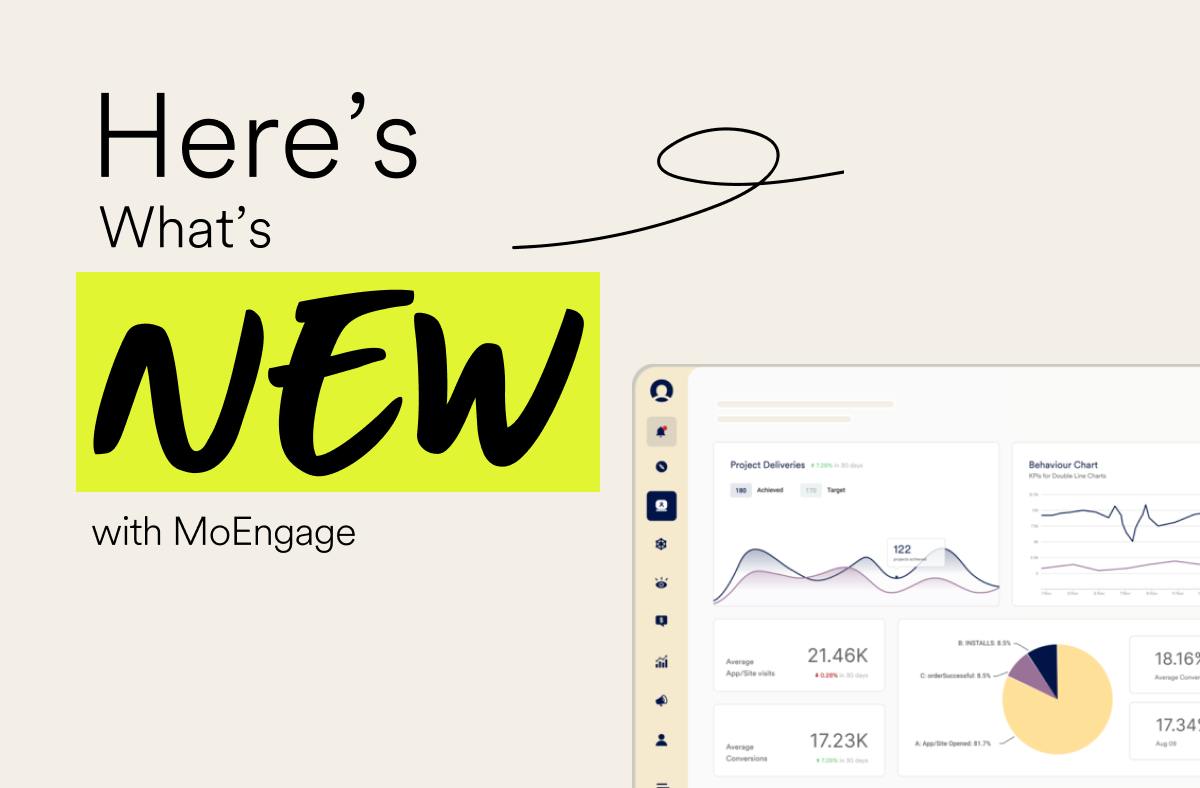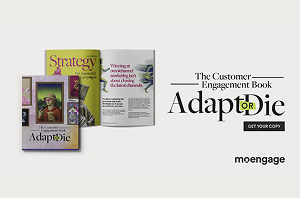Natalie Miles Q&A: Customer Engagement Book Interview
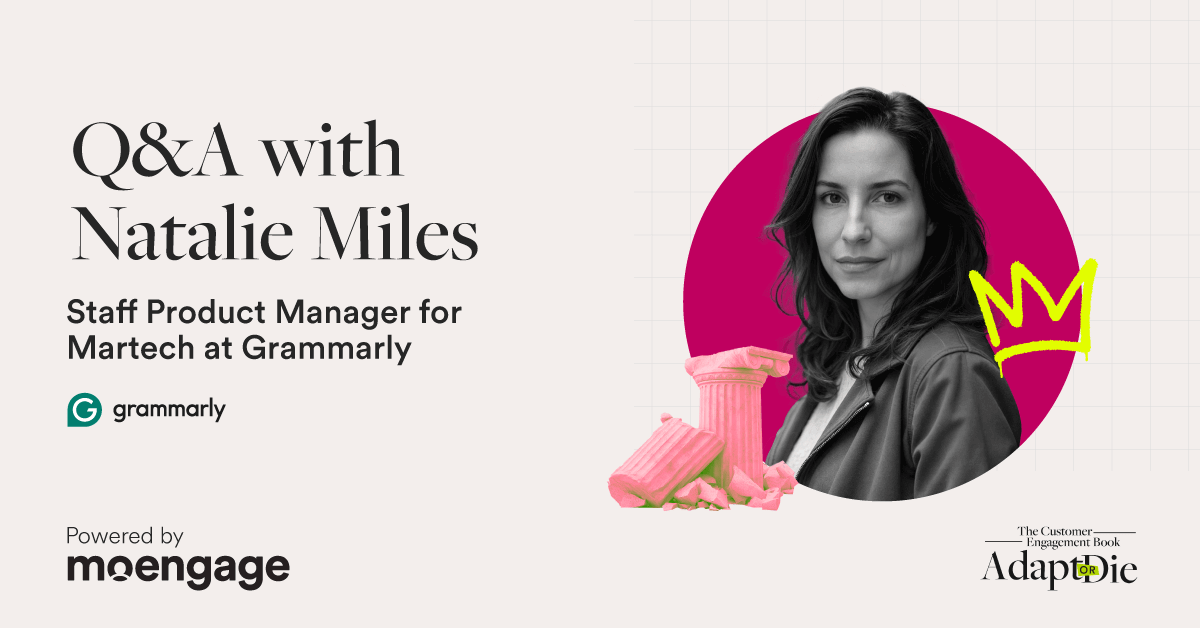
Reading Time: 8 minutes
We sat down with Natalie Miles, Grammarly’s Staff Product Manager, to discuss this crucial aspect of business strategy.
As part of our research for the recently published “Customer Engagement Book: Adapt or Die,” we wanted to gain insights from an expert who navigates these challenges daily.
Natalie brings a wealth of experience in understanding customer behavior and leveraging data to drive meaningful engagement. In this interview, she shares her perspective on the true impact of customer engagement on a company’s bottom line, the key metrics for measuring ROI, and why retention should often take precedence over acquisition.
She also provides valuable insights on how to leverage technology and data to personalize customer experiences and prove the value of engagement programs to stakeholders.
Natalie Miles Q&A Interview
1. How do you define the impact of customer engagement on a company’s bottom line?
To me, defining the impact of customer engagement on a bottom line is all about how our engagement efforts can ultimately connect to lifetime value or, depending on your business model, Average Revenue Per User (ARPU).
When we talk about engagement, what we’re really talking about is the health of our long-term customer relationships, making sure they’re nurtured by consistent engagement touchpoints and helping to drive predictable revenue and reducing risks associated with high churn.
2. What are the most important metrics for measuring the ROI of customer engagement programs?
It really depends on your business, your business model, and the natural frequency of your product.
This is one of the first things companies need to figure out: what is your customer engagement strategy and what is that hierarchy of metrics? How do you actually influence customer lifetime value?
The problem with lifetime value is it’s not a great KPI or benchmark to anchor your product and marketing efforts around because it’s such a lagging indicator. You need to figure out what are those proxy metrics or behaviors or actions that tell you whether someone is likely to retain for a longer period of time and increase their LTV.
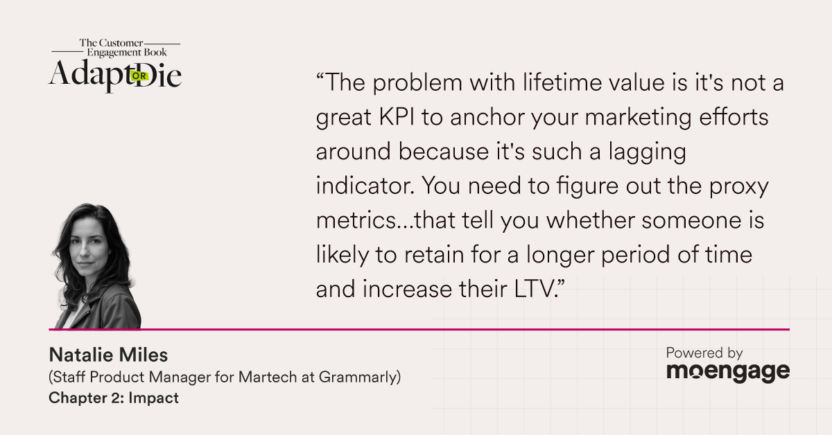
Companies need to figure out how to create engagement metrics that can be influenced by growth, product, and marketing efforts.
3. Everyone has heard that customer retention is more important than acquisition and costs less. How can marketers demonstrate the financial value of retention versus acquiring new customers?
Hopefully, you can compare your acquisition costs versus retention costs. Especially if you’re running paid marketing, there’s often a pretty large expense associated with that versus potentially smaller costs with retention efforts, where you might be running some targeted incentives or discounts to keep your existing users.
I think especially measuring incremental value is important—showing how when we keep users for an additional month or year, what is the additional average revenue from that retention period? How much incremental LTV do we get?
Then of course, running a cohort analysis. Hopefully, you can create some sort of holdout group where you can look at users where you’re creating more retention-type interventions versus the holdout, where you’re excluding them from those retention interventions.
This helps you understand how much higher value the users with retention treatments are in the long run.
4. Why do you believe retention should take precedence over acquisition in a company’s strategy?
All things being equal, if you take Company A and Company B—where Company A does acquisition better and Company B does retention better—I would always bet on Company B.
One reason is cost-effectiveness.
We just talked about how retaining customers is much cheaper in the long run than acquiring new ones. It also creates predictable revenue, where your loyal customers give you stable recurring revenue streams, especially in the SaaS or subscription business model space.
And as we discussed, good retention should be a flywheel for your acquisition efforts. Your engaged customers are going to be your best brand promoters.
If you can leverage a referral channel, that’s lower acquisition costs over time as well. Ultimately, happy customers are going to be your best marketers in the end.
5. How do you balance the need to retain existing customers with the pressure to grow through new customer acquisition?
It’s going to depend on how mature your business is and how mature your marketing channels are. It makes a lot of sense as a new company to invest a lot of time and energy on your acquisition efforts.
Typically though, what you see is over time, as your churn portfolio gets bigger, there’s suddenly this realization of “Wow, we have this massive churn population—we need to do something about that.”
Which means you should be focusing on retention, because the best churn or resurrection strategy is actually a customer retention strategy.
Usually when we start to see churn numbers grow to a significant volume, that’s one piece. The other piece is, especially if you’re running paid acquisition efforts, you start to hit your TAM on some of these paid channels.
Over time, you start to see spend efficiency decrease as you’ve captured all the low-hanging fruit on these ad networks. So it’s usually a combination of those two things.
6. Do you have any specific examples of where focusing on retention drove measurable business success?
At Credit Karma, we had a very robust lifecycle and email program.
If you think about the core product of Credit Karma, which is checking credit scores—the natural frequency of that product isn’t a daily habit. It’s not something people check regularly unless they have a specific problem or use case to solve, like buying a new car.
We had been very thoughtful about making sure we didn’t oversaturate our customers in this email channel.
We had a very rules-based model on how frequently we could email users with offers and upsell opportunities, but we were probably a little conservative in how frequently we would reach out to people via email.
What we did was introduce a machine learning frequency model that was personalized at a one-to-one user level based on users’ historical engagement patterns with email. Everyone has a different tolerance for email frequency and content.
We found value pockets of users who we were either over-emailing, in which case we would programmatically send fewer emails to those buckets of users.
But the real value was finding large pockets of people we were under-emailing.
That opened up opportunities to send additional offers and upsell opportunities to those users, which ended up driving substantial uplift in site-wide revenue just from sending certain users more offers more frequently.
7. How can companies effectively leverage data to measure the success of customer engagement initiatives?
I very much believe in having a centralized source of truth of your users where you collect your event and behavioral data.
It should also be stored in a way that you can activate it across your other marketing tools, like in your CRM or email service provider tools for lifecycle marketing, or potentially using those user features or attributes to send signals to ad networks to help build lookalike models.
Having that centralized source of truth where everyone across marketing and product is using the same definitions and metrics is very valuable because a lot of these metrics or KPIs can change.
When that underlying business logic of what an active user or what retention is changes, you want to make sure all the teams that are downstream consumers of that data are still using that same definition or metric.
8. What role does technology play in tracking and improving customer engagement outcomes?
You want a robust tech stack that unifies customer data—behavioral data, demographic data, transactional data—to get that complete view of your customers and the customer journey.
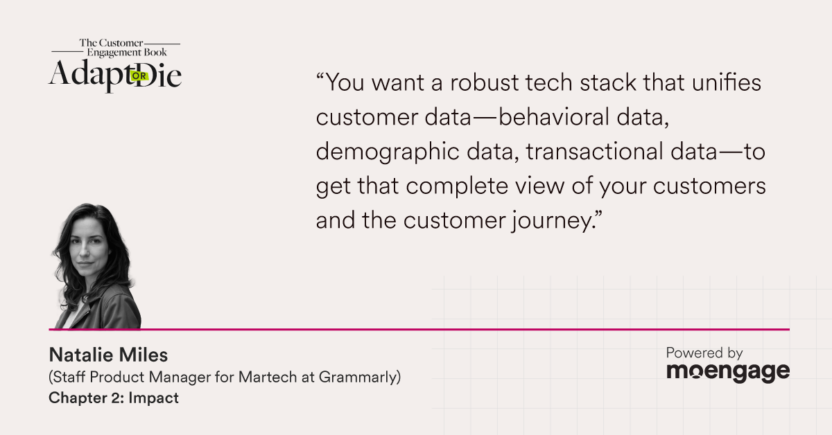
The other piece in terms of technology is personalization at scale.
There is no personalization without that first-party data—otherwise, there’s no way you can understand someone’s intent, their needs, what problems they need to solve. And there’s no way to design relevant experiences without that.
9. What strategies have you used to prove the ROI of customer engagement programs to key stakeholders?
If you think about retention in terms of the growth funnel, retention usually ends up being the biggest black box in terms of different growth states. Where I think there’s a lot of value is running long-term holdouts to understand that impact, especially for marketing channels and interventions.
Hopefully, after someone has onboarded and activated, you’ve got a long-term holdout to understand when we don’t run any marketing interventions or emails, what does that do to someone’s average LTV?
Then you can start to get a picture of the subscriber LTV for users who do receive marketing communications and put a value on your lifecycle or marketing programs.
10. How do you think marketers can overcome challenges in attributing revenue or profitability to their customer engagement efforts?
What you want is triangulation between attribution, maybe you’re also running some sort of MMM model or media-mix modeling to measure brand uplift, and long-term holdouts.
Somewhere in the middle of all those three is the truth of what channel is driving what impact to revenue.
The difficult answer is that it’s hard. These channels don’t operate in isolation.
There are halo effects, and channels can amplify each other. So you really need to be looking at all three to start to understand the impact of an individual channel and then the impact of these channels on each other.
I do see a lot of value in sometimes comparing two different attribution methodologies.
Maybe you look at a channel in both the first touch and last touch lens, and if you see a big delta in terms of that channel’s contribution when looking at two different attribution methodologies, that’s often a flag that maybe you need to run a platform holdout test to get to the real truth.
The holdout test is the only way you’re going to understand a channel’s true incrementality or lift. That said, there’s a huge opportunity cost to running these platform holdout tests, so you want to use them selectively.
Q: What advice would you give to marketers trying to build a business case for investing in customer engagement technology?
Always start with the problem. You need to clearly articulate the challenges.
Do we see churn as too high?
Have you gotten to the point where most of your efforts historically have been focused on just acquiring users at the expense of retaining your existing users, and now suddenly you’ve got a churn problem?
Are customers not adopting new features or not responding to upsell opportunities?
Then you need to quantify that problem or opportunity cost. What is the potential ROI if you reduce churn by X percent and you get users to stick around an extra X months or years? What does that ultimately do to LTV?
Gather data and success stories, showing benchmarks. There are a lot of great public benchmarks for engagement and retention for best-in-class companies in certain industries. Find those from your peers and use them to strengthen your argument.
Ultimately, you need to highlight long-term value and frame the investment in the context of using engagement as building a competitive advantage. Strong engagement fuels retention, which fuels LTV, which creates additional growth levers for you.
Making sure you’re connecting technology and tooling investments to metrics like cost savings and revenue growth, but starting small and having a good pilot program can pave the way for company-wide rollout.
This interview Q&A was hosted with Natalie Miles, Staff Product Manager, Martech at Grammarly for Chapter 2 of The Customer Engagement Book: Adapt or Die.
Download the PDF or request a physical copy of the book here.



